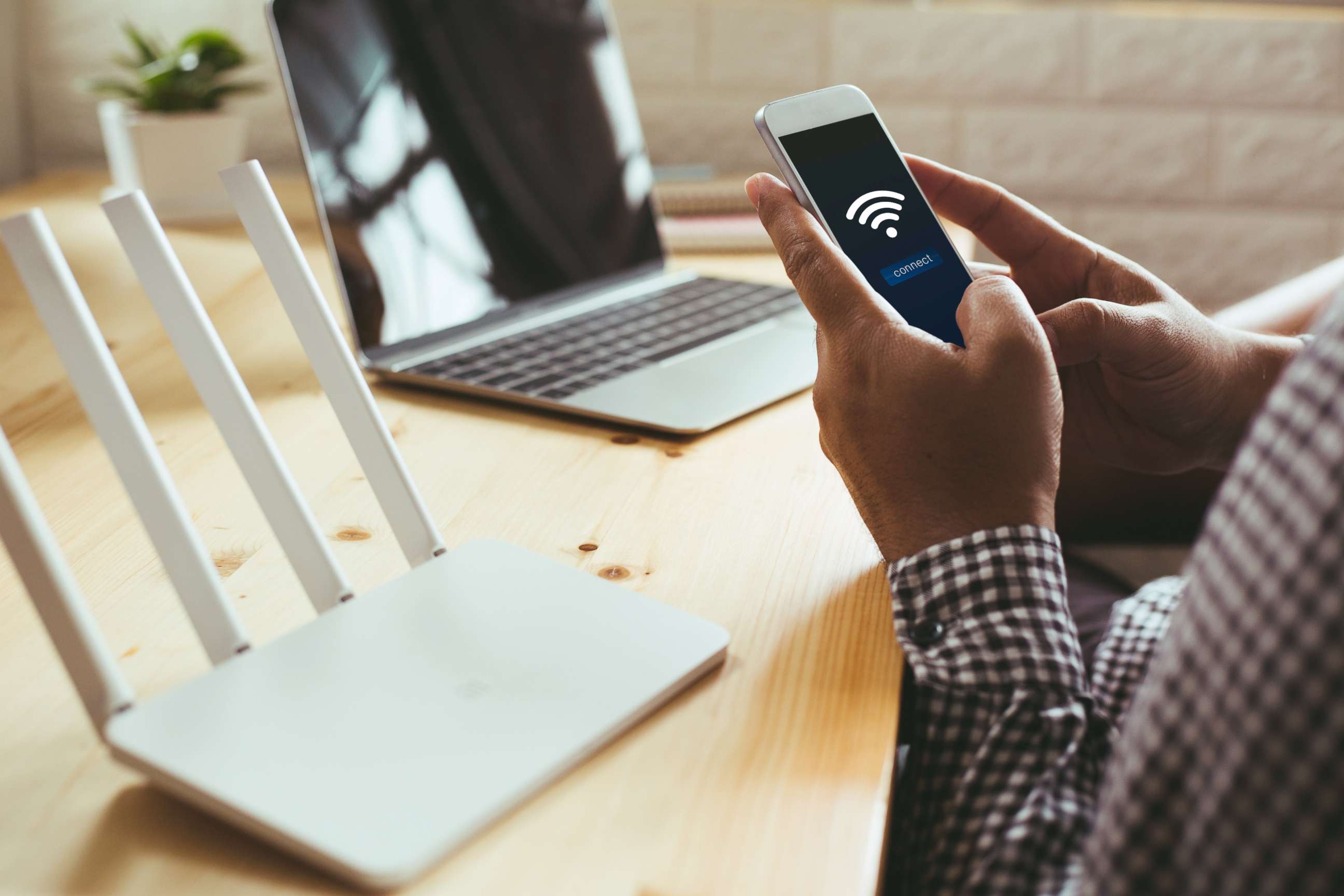High speed or empty promises? What Wi-Fi 6 may mean for you
Does the average person need to invest in Wi-Fi 6? Here's what the experts say.
The next few months may bring a slew of new technologies with high-speed networking to the market -- thanks to the Wi-Fi 6 protocol, which promises blazing speeds up to 10 gigabits per second.
The Wi-Fi Alliance, the organization that oversees wireless protocols, certified Wi-Fi 6 this month, setting guidelines that vendors must meet with their products to be labeled as Wi-Fi 6 certified.
This latest version of Wi-Fi, also called 802.11 ax, is touted as having faster speeds than the current wireless standard, 802.11 ac (potentially 10 times faster). It also performs better at longer distances and in environments with lots of wireless networks competing with each other, potentially providing better performance in densely populated areas.
But does that all mean that Wi-Fi 6 products, especially routers, are something the average tech user needs to invest in anytime soon?
Here’s what you need to know to help make that determination:
What is Wi-Fi 6?
Wi-Fi 6 is the next iteration of wireless. It is an upgrade from Wi-Fi 5, more commonly known as 802.11 ac. Wi-Fi 6 is engineered to offer faster theoretical speeds over Wi-Fi 5 -- up to 14 Gbps versus 1.3 Gbps, but speeds for the new standard are only achievable with top-of-the-line wireless networking equipment and an environment with little-to-no Wi-Fi interference.
In addition to those higher data rates, Wi-Fi 6 can address "the experience that we’ve all had at a crowded concert or at a sporting event where there are hundreds of thousands of people and you have 3 or 4 bars" on your phone, said Justin Ducette, head of Nokia WiFi to ABC News.
"There’s lots of improvements with density like in New York City where there are thousands of home networks overlapping each other," Ducette said.
There is also evidence of speed gains, based on Wi-Fi 6 product testing by independent industry analysts.
"You are more likely to see higher [speeds]," said Tim Higgins, founder and managing editor of SmallNetBuilder, a tech news and reviews website, who has tested the earliest crop of Wi-Fi 6 devices.
"Most people, that’s all they want … and what the [wireless] industry has trained them to want, to look for the big numbers on the box," Higgins added.
However, Higgins and other analysts say that those touted speeds are not real-world.
For a wireless network to reach the top speeds that Wi-Fi 6 boasts, all devices on the network must have top-of-the-line Wi-Fi 6-compatible hardware and there are still relatively few tech devices on the market with that technology. The iPhone 11 and the Samsung S10 are two smartphones that support the new generation of Wi-Fi and Intel recently announced a number of products featuring its Wi-Fi 6-enabled chipset.
Intel said the technology was available in "more than 50 PC designs" from a variety of manufacturers "with more to come by end of year,” a spokesperson told ABC News via email.
Not much of a benefit yet...for most
Most homes have a mix of older and newer technology, so opting for a Wi-Fi 6 router, and its higher price point, likely won’t offer the average home user much benefit, experts said.
"Email doesn’t need 10 GB bandwidth," said Tim Zimmerman, research vice president at Gartner. And most users, even gamers, won't need it.
However, Wi-Fi 6 in wireless mesh networking systems -- routers and node points that work together to cover an entire home in Wi-Fi -- could offer a performance boost with fifth-generation devices, said Ducette. Netgear’s Orbi system, Google WiFi and Amazon’s Eero are all examples of mesh networking systems.
Higgins cautions that most devices cannot support the technology that leverages the performance boost of Wi-Fi 6, with the exception of Netgear and Asus, both of which offer routers with enhanced technology.
Still, Apple’s inclusion of Wi-Fi 6 in the iPhone 11 is proof that the industry is taking the new wireless technology seriously, he said.

So is it worth purchasing a pricier Wi-Fi 6 router as a way to “future-proof” your home network?
No, said Higgins.
"'Future-proof' is mostly a fool’s errand,” he said when it comes to Wi-Fi. “If you want to go buy a science experiment go and buy these things,” he said. “But for the most part, they're not fully implemented if you think you're buying a full-featured Wi-Fi 6 router key features are not available. And in some cases will never be enabled because there isn’t the hardware to support it."
Instead of rushing out to buy a Wi-Fi 6 router, Higgins said it’s better to invest in Wi-Fi 6 enabled-client devices like smartphones and laptops that support the new wireless standard.
“The next laptop you buy, I would look to see if it supports Wi-Fi 6,” he said. He said if you are adamant about getting a Wi-Fi 6 router, get one of the cheaper ones that may not have the premium hardware.
“Don't buy a top-of-the line” Wi-Fi 6 router tech at this point, Higgins said. “You really are wasting your money. It's just not a smart thing to do.”




